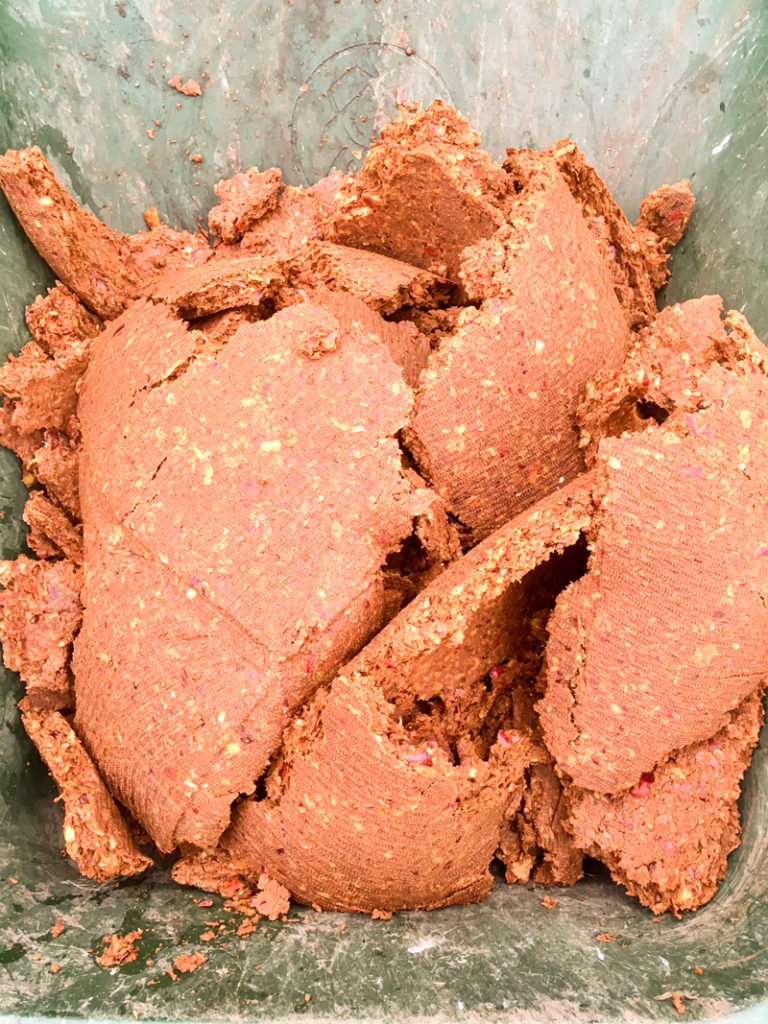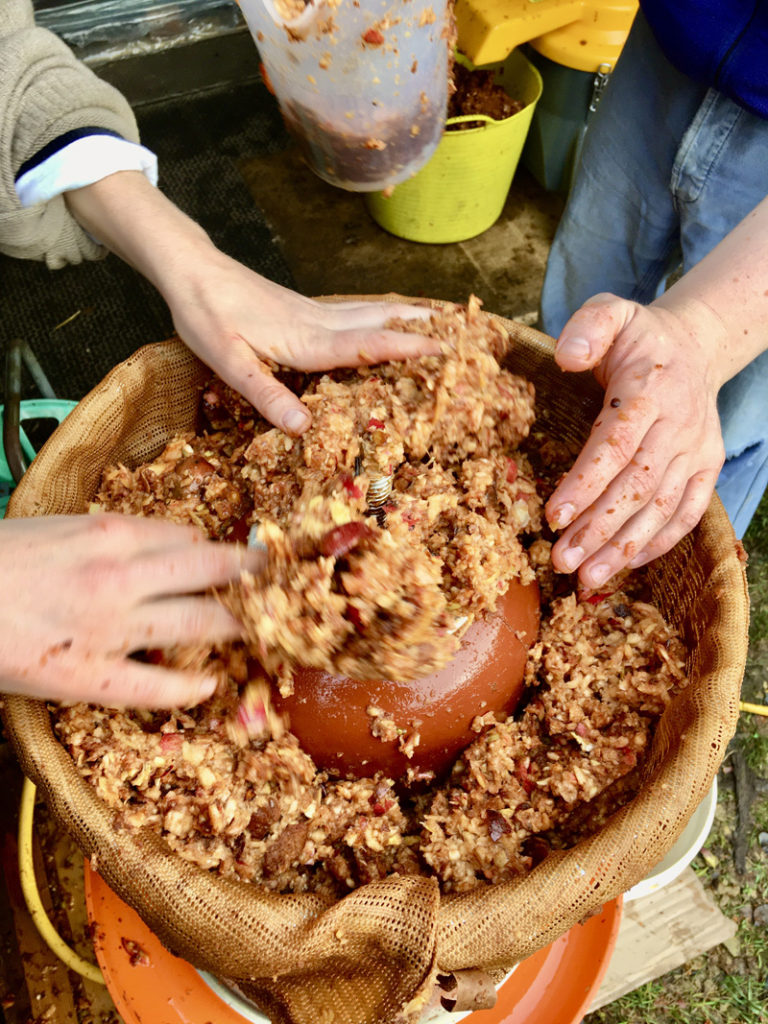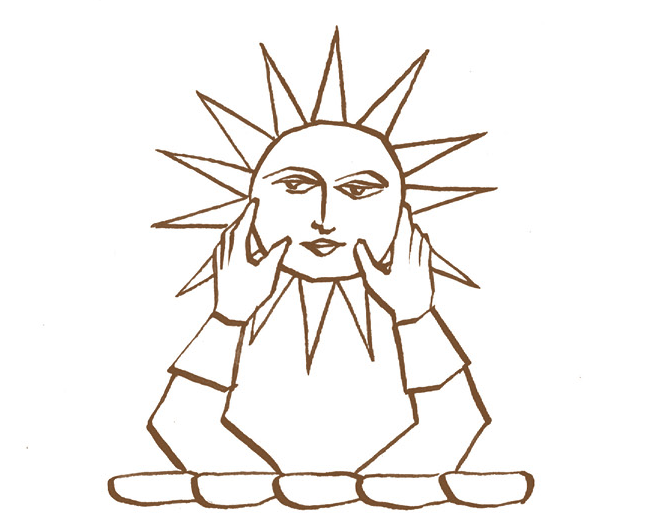

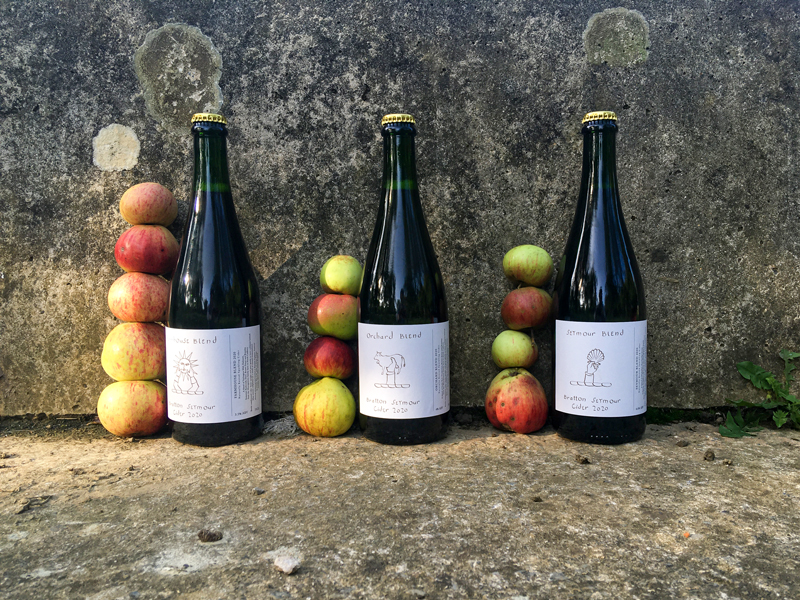
INTRODUCING THE 2020 HARVEST
In 2020 we made three ciders and apparently these are above average – “Bloody good!” [sound of lips smacking vigorously] exclaimed a professional farm-gate propper-upper and cider enthusiast at the annual Apple Day festivities at Castle Cary. Experiments with fruit-storing and ripening, pressing, keeving* and racking have brought about some exciting changes to the 2020 vintage. We think they are noticeably more complex ciders as a result, which is very exciting and we feel we will continue with this newly established direction in 2021. In short – these are the kind of ciders we want to drink and we think you will agree!
* Keeving is the oldest known method of achieving natural sweetness in cider without the addition of sweeteners. Our cider is naturally keeved, which is achieved by various factors including fruit condition, pulp maceration, the cold winter climate and timing. It can also be brought about with chemical interventions, but you won’t find any of these in our cider.
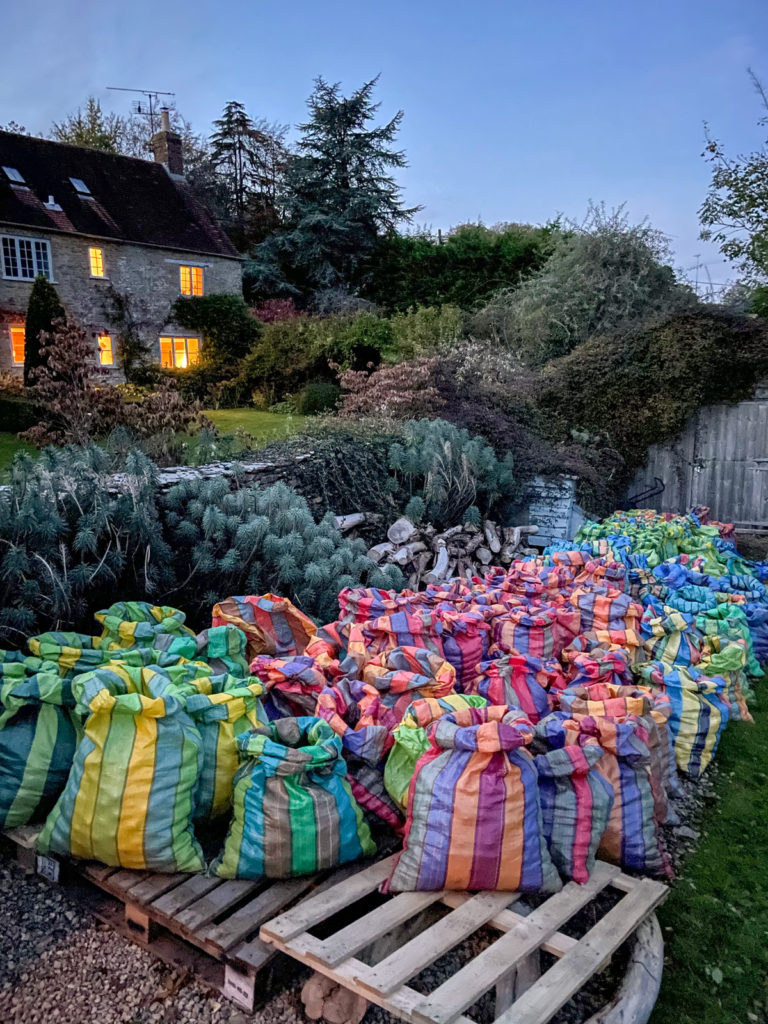
The result of 2 days of picking. We use vibrant coffee sacks, which are kindly donated by Monmouth Coffee. These are particularly useful for colour-coding varieties.

Pressing in the cider shed on a cold, moonlit November night.
THE ORCHARD AT CADBURY COURT
I was visiting local cheesemaker Jamie Montgomery last September to see his team making their famous Cheddar and Ogleshield cheese. Jamie’s cows graze the acres that surround the dairy and on a hot Summers day it is not uncommon to see them in the dappled shade of a stately apple orchard nearby. You can sometimes see them from the road into North Cadbury; where even a passing glimpse through the hedge will repay you with a sight so West Country it would have Constable licking his brushes.
It was then Autumn, the weather was on the turn and the cows had quit the field for the comfort of their stalls. The second 2020 lockdown loomed, cider production in the area had almost ground to a halt and earthworms could be heard rubbing their palms at a vintage harvest. Sure enough; wavy lines of apple-y technicolour glinted in the grass and their sweet smell of fermenting bittersweetness mixed with the rich bouquet of curling leaves. Golly I wanted to dive right into them a la Scrooge McDuck and scrump every last one!
Luckily we didn’t have to scrump, Jamie mentioned that only half his usual contract of apples were due to be picked that year and we were welcome to help ourselves to the rest, which we did. Gladly!

The orchard at Cadbury Court lies in North Somerset near Wincanton. A stones throw from the slopes of Cadbury Castle, a Bronze to Iron Age Hill Fort and also rumoured to be the site of Camelot. The weather is mild with sunshine and rain in equal measure, the soil; a mix of clay and sandy loam – ideal conditions for lush pastures, potatoes [for which the Montgomery clan are also famous], dairy cows and cider trees.
The cider trees here were planted by Jamie’s mother Elizabeth who took over the cheesemaking operation from her father in the 1960’s. Cider production was on the up at the time and a decent sized orchard would have added another source of income for the farm. Varieties are neatly arranged by row and trees are now so mature that the canopy of one tree tickles another. It boasts famous Somerset varieties such as Stoke Red, Somerset Redstreak, Dunkerton, Stembridge Jersey and Dabinett. There is also Brown Snout of Herefordshire and some of French origin such as Michelin and Vilberie that were adopted into planting for pollination, reliable cropping and blending qualities. Rather excitingly, there are also three trees in the Montgomery orchard that have defied identification by pomologists. Their fruit ripens inconveniently late and so they are rarely ever picked; often in early December and long after all other varieties have been harvested. Around this time industrious Redwings descend to dine out upon the pips and Jamie hopes this unique cider apple will carry their name. Look out for ‘Cadbury Redwing’ on our 2021 cider labels.
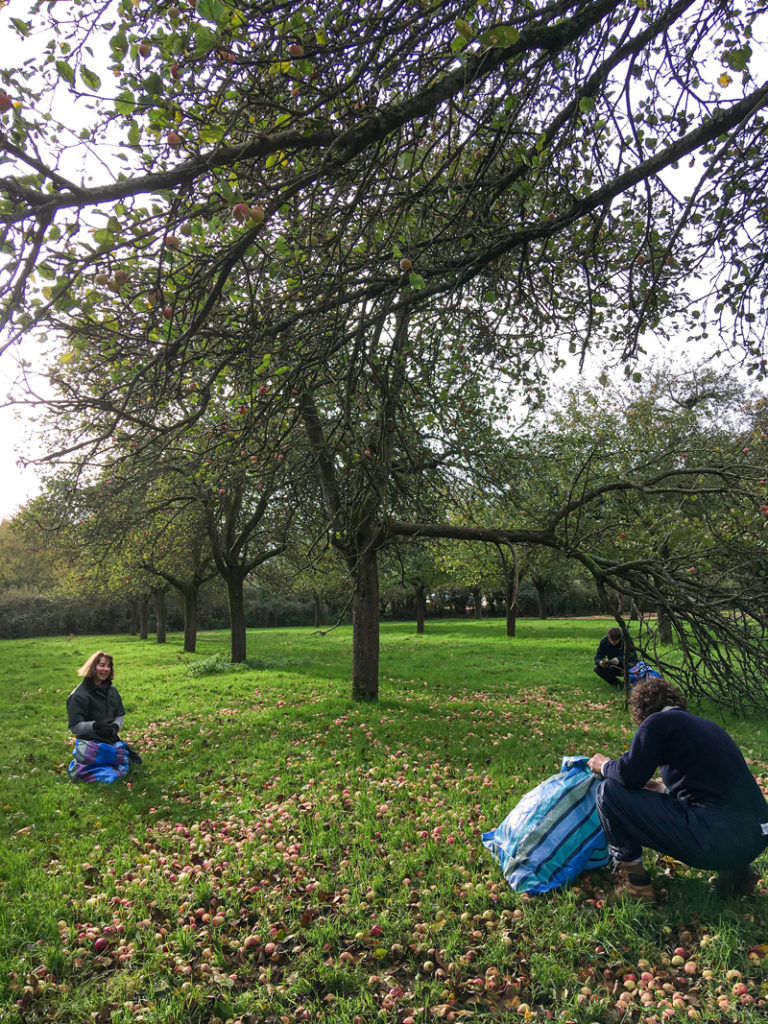
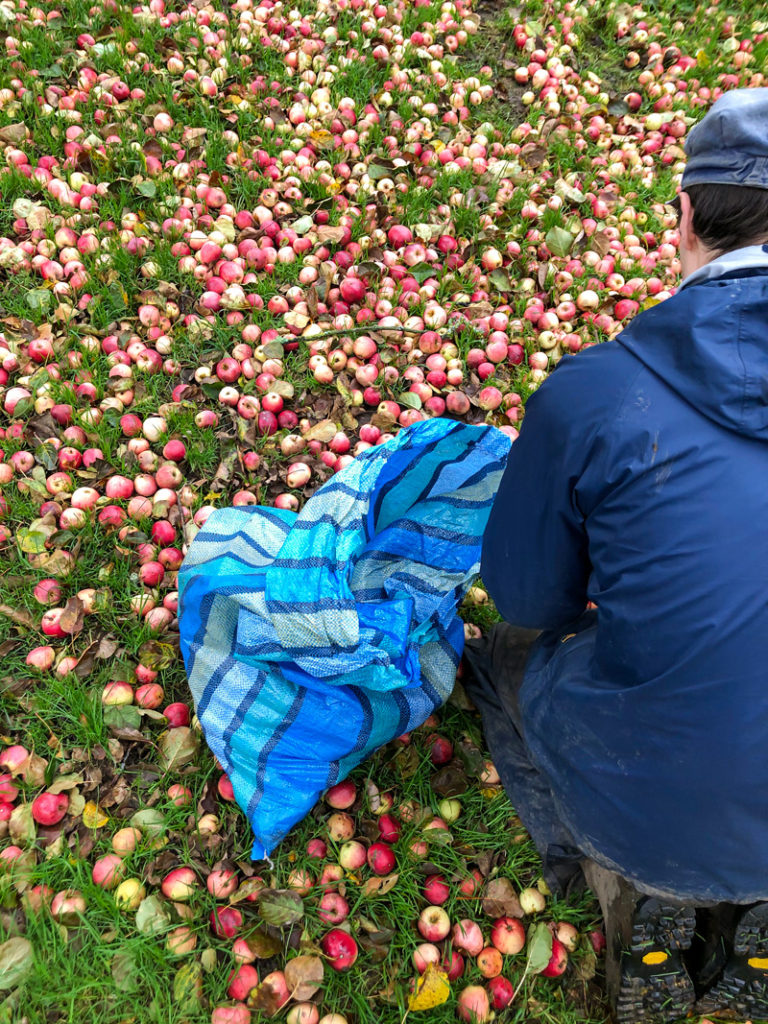
Picking is done the old way by hand. In 2020 we filled 117 sacks in just two days with the kind help of friends and family. This yielded approximately 650 bottles of finished cider.
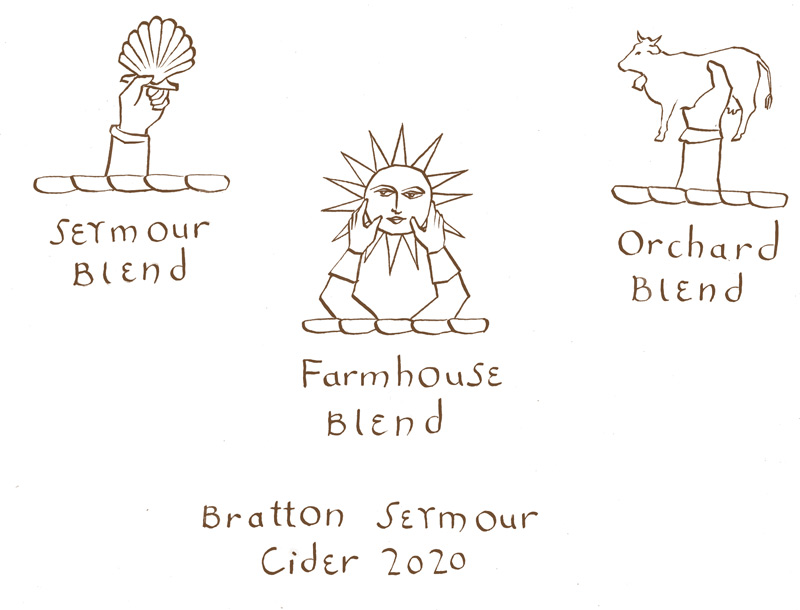
Designs for the 2020 ciders continue the heraldic theme. The shell of Seymour Blend takes inspiration from a motif emblazoned on the 13th century church at Bratton Seymour.
THE CIDERS
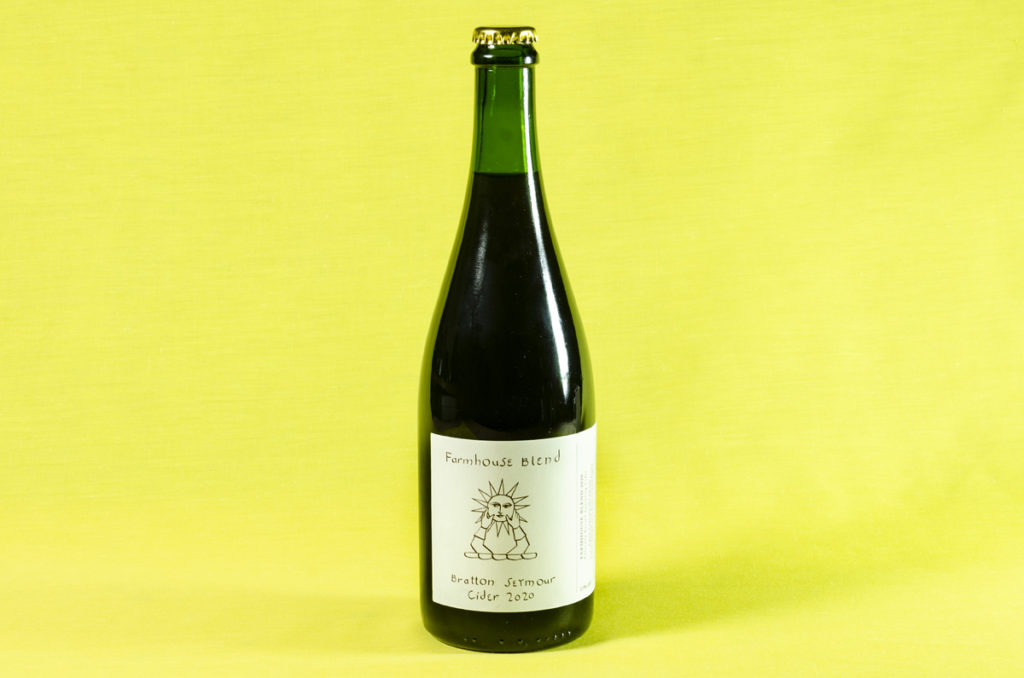
FARMHOUSE BLEND 3.5% ABV
Yarlington Mill, Dabinett, Somerset Redstreak, Dove, Brown Snout & Cadbury Redwing.
Sparkling, naturally keeved, bottle conditioned cider. Fermented with wild yeasts. No sulphites, filtering or pasteurisation.
[232 Bottles made]
The theme of Farmhouse Blend continues on from 2019 and is comprised primarily of local apple Yarlington Mill. We have come to think of it as the dame of Somerset cider apples, with its pink skin, red flushing, distinctive conical heart shape and tropical fruit aroma. In 2020 the freshly pressed juice from this apple ran a dark and stout-like colour; hence the deep pale-ale colour of the finished cider. The flavour of the juice was also remarkably complex and characterful – more so than any Yarlington apples we’ve tasted. Clearly there is something to be said for the fruit of older, slow growing trees with deep, established root structures and plentiful stores of nutrients.
Farmhouse Blend is full of Autumnal fruitiness. At only 3.5% it has remarkable depth, soft leafy tannins and a refreshingly delicate astringency and caramel sweetness.
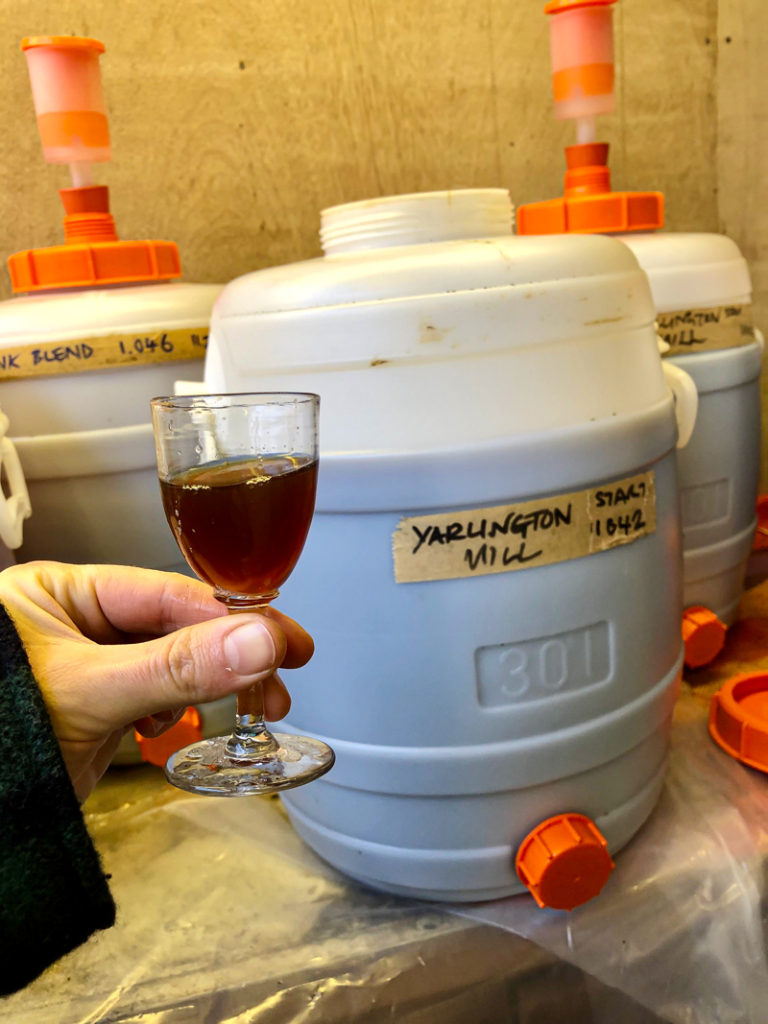
Testing the dark Yarlington Mill juice after pressing

Yarlington Mill apples
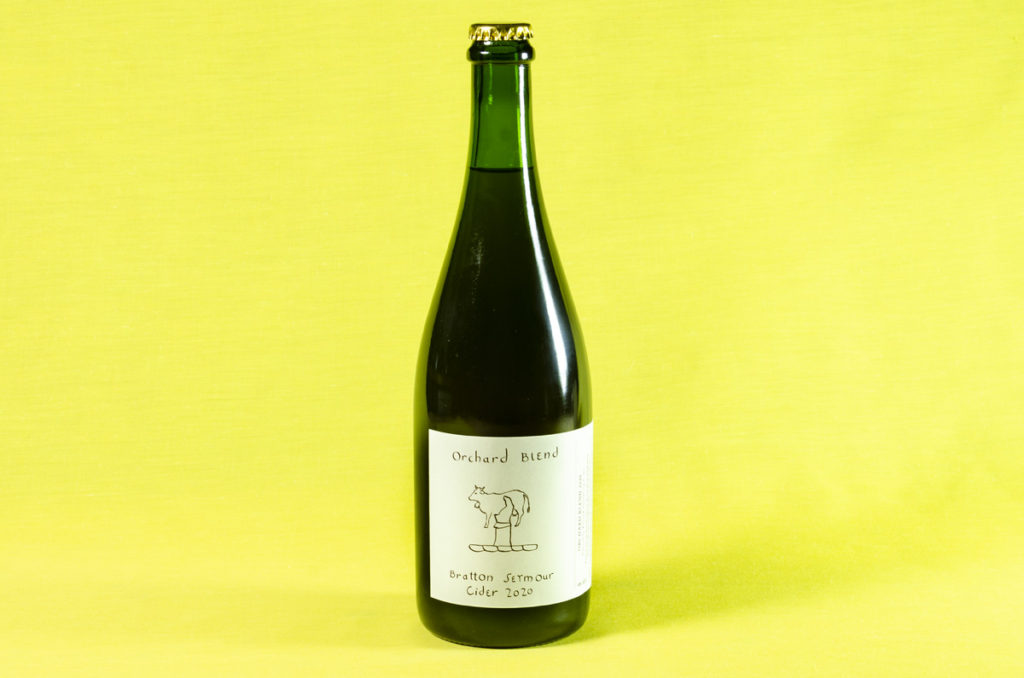
ORCHARD BLEND 4% ABV
Mostly Stoke Red, Dunkerton, Brown Snout & Cadbury Redwing
Sparkling, naturally keeved, bottle conditioned cider. Fermented with wild yeasts. No sulphites, filtering or pasteurisation.
[252 bottles made]
The idea behind Orchard Blend is that it should celebrate the characteristics of a single orchard. In 2020 we picked fruit almost exclusively from Jamie Montgomery’s and so it is on this orchard that we turned our focus. We were excited to be able to experiment with so many new varieties, it was hard to know where to start picking!
Jamie mentioned he had never tried a cider made solely from his own fruit and we liked the idea of this as a starting point. We chose his favourites Stoke Red for the main part of the blend [a vintage sharp apple], Brown Snout, Dunkerton and Cadbury Redwing for interest.
We are so delighted with Orchard Blend that we will be attempting to repeat the same mix of fruit for the 2021 vintage if we can. It’s possibly the most delicate and refined of our 2020 ciders and you can really hear each apple variety sing. We are particularly pleased with the bubbles, which [for the time being!] are lovely and fine.
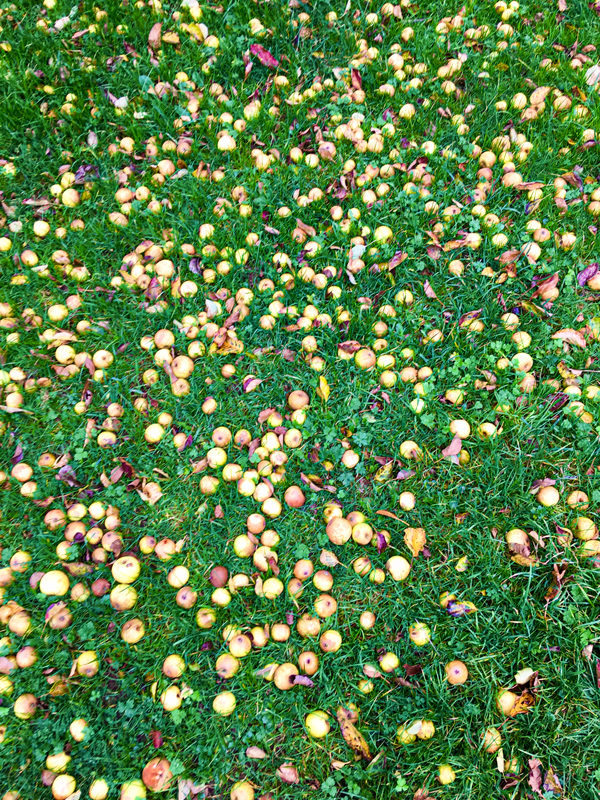
Brown Snout apples
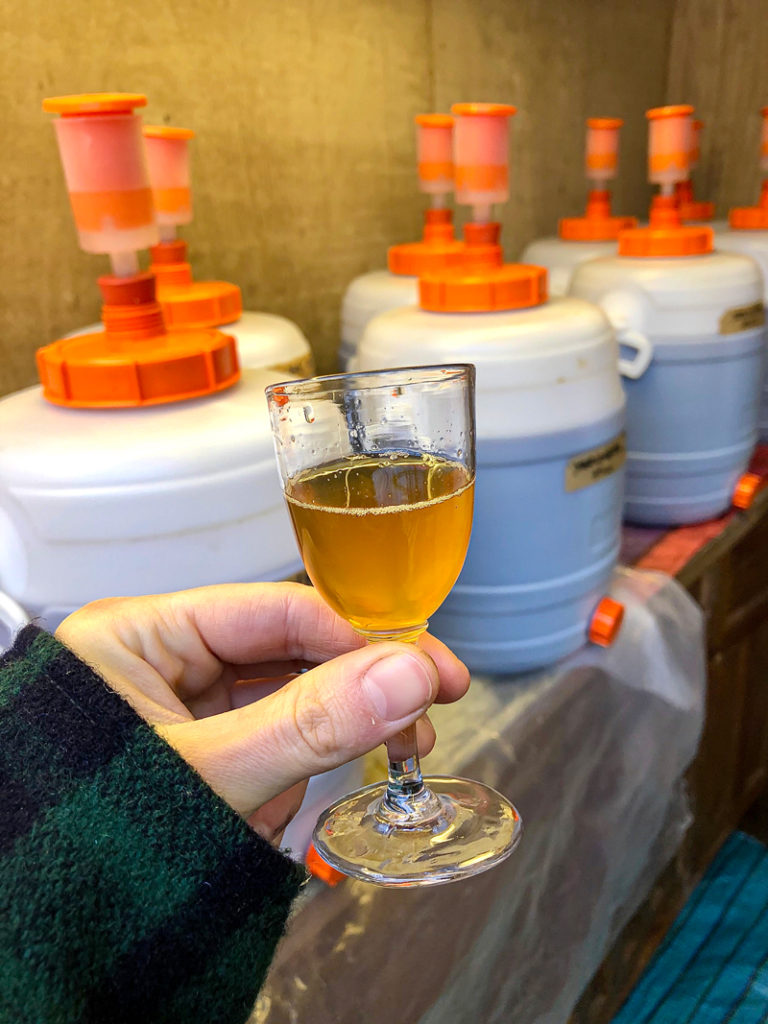
Stoke Red juice after pressing.
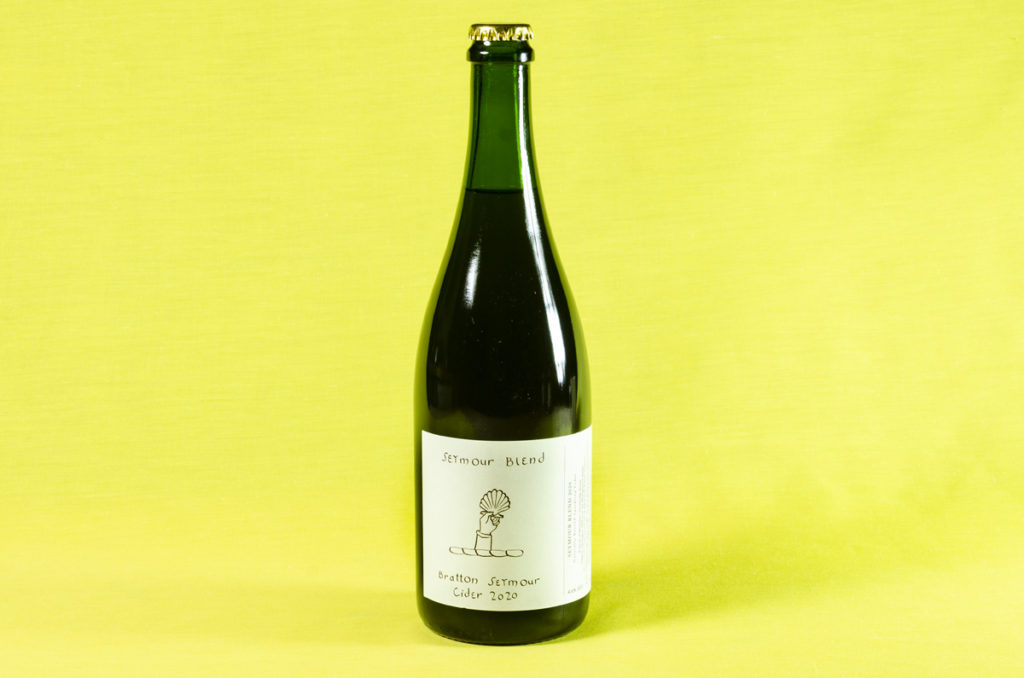
SEYMOUR BLEND 4.56% ABV
Micheline, Stembridge Jersey & Vilberie from the orchard at North Cadbury blended with eating apples from Bratton Seymour.
Sparkling, naturally keeved, bottle conditioned cider. Fermented with wild yeasts. No sulphites, filtering or pasteurisation.
[232 bottles made]
Seymour Blend was really fun to make. Unlike the other two ciders, we were flying completely blind and decided only on the last day of pressing what we were going to create. We thought it would be fun to make something that recalled Bratton Seymour, where our cider production HQ is based. ‘Seymour’ is rumoured to be a corruption of the French ‘Saint-Maur’ and we also liked the idea of apples that originally hailed from France being fermented with Somerset apple varieties in the tank.
Seymour Blend had a somewhat turbulent fermentation and aromas were fairly chaotic throughout. But it turned out handsomely in the end and is possibly our favourite! It has a full bittersweet astringency which we find toothsome, a whisper of rosewater that will delight the connoisseur, light on the booze so quaffable enough and very much at home in Somerset. We think it even has a thing or two to teach the French.
